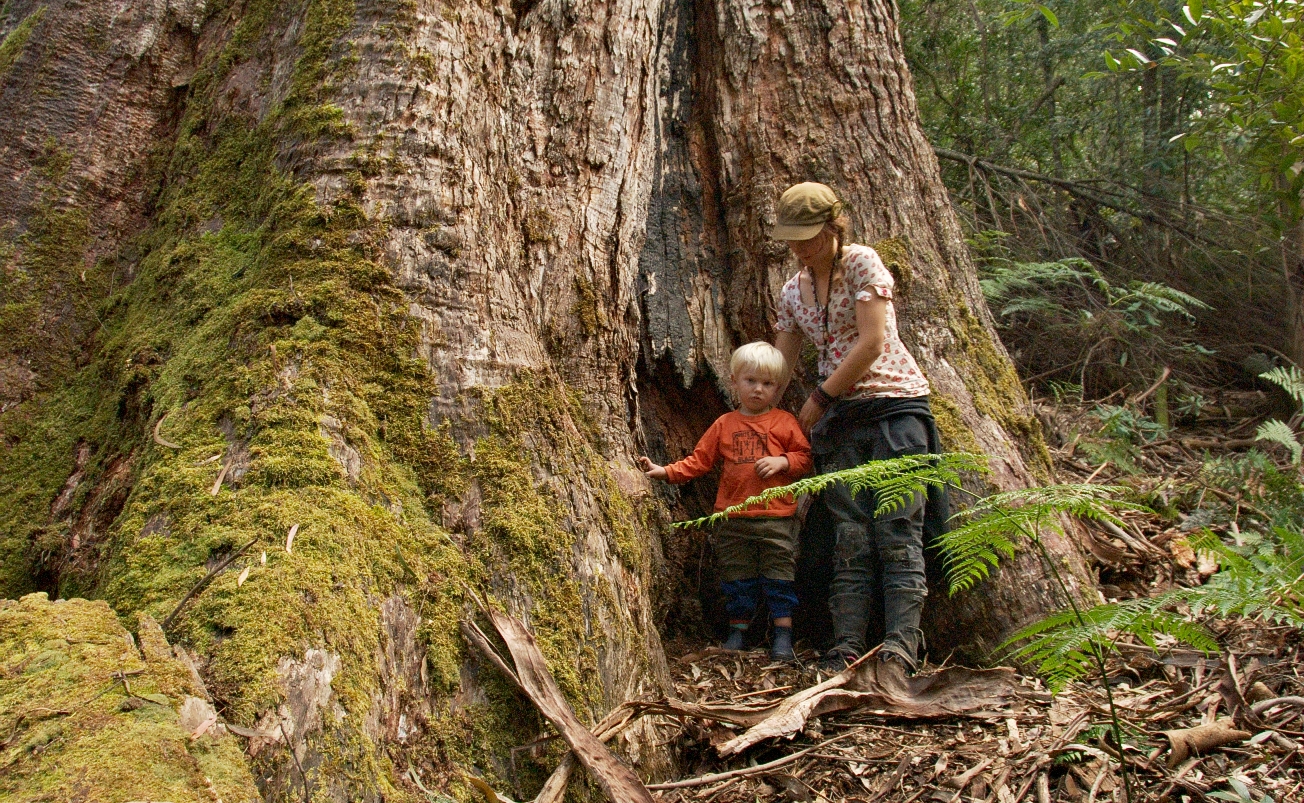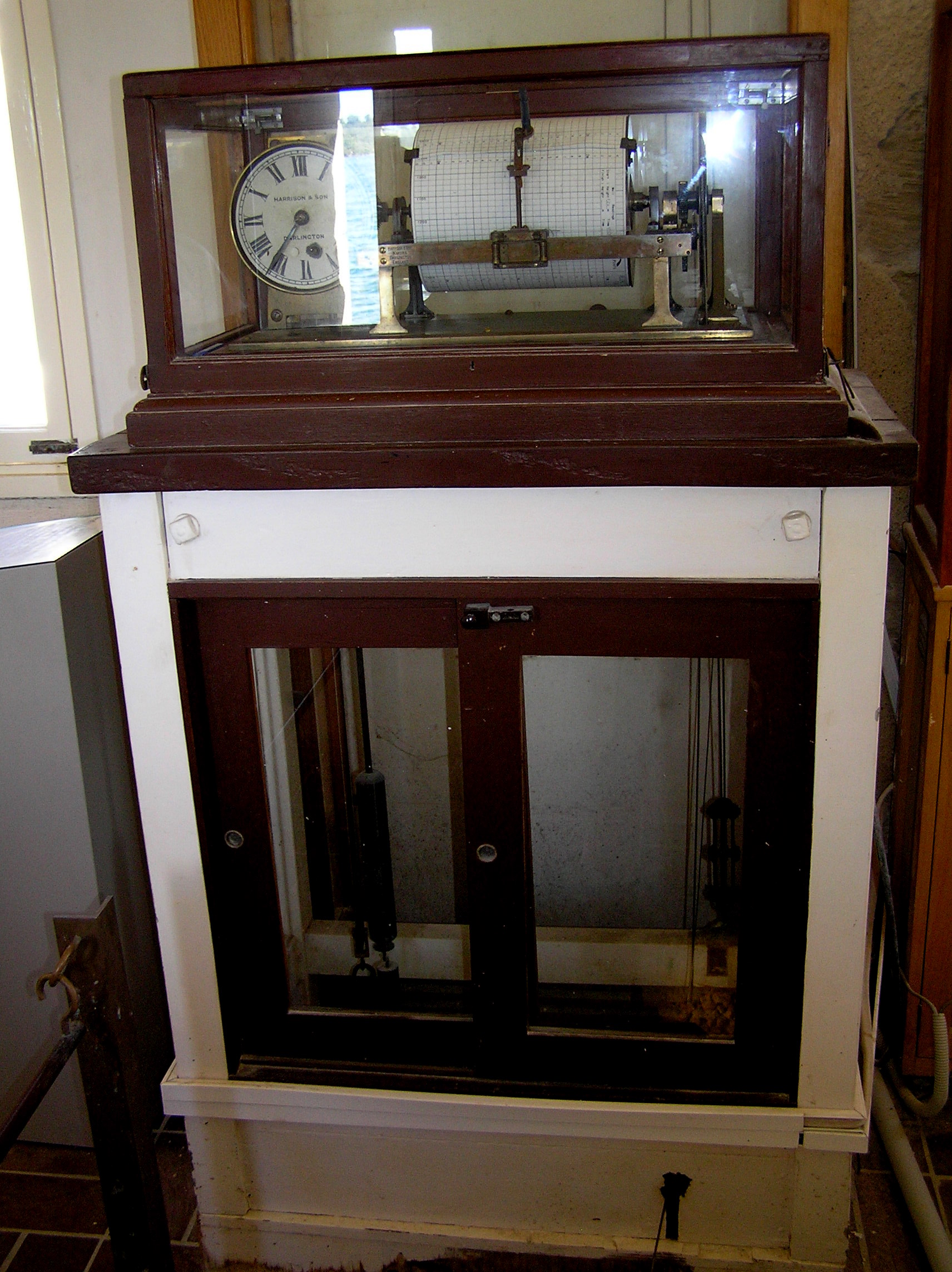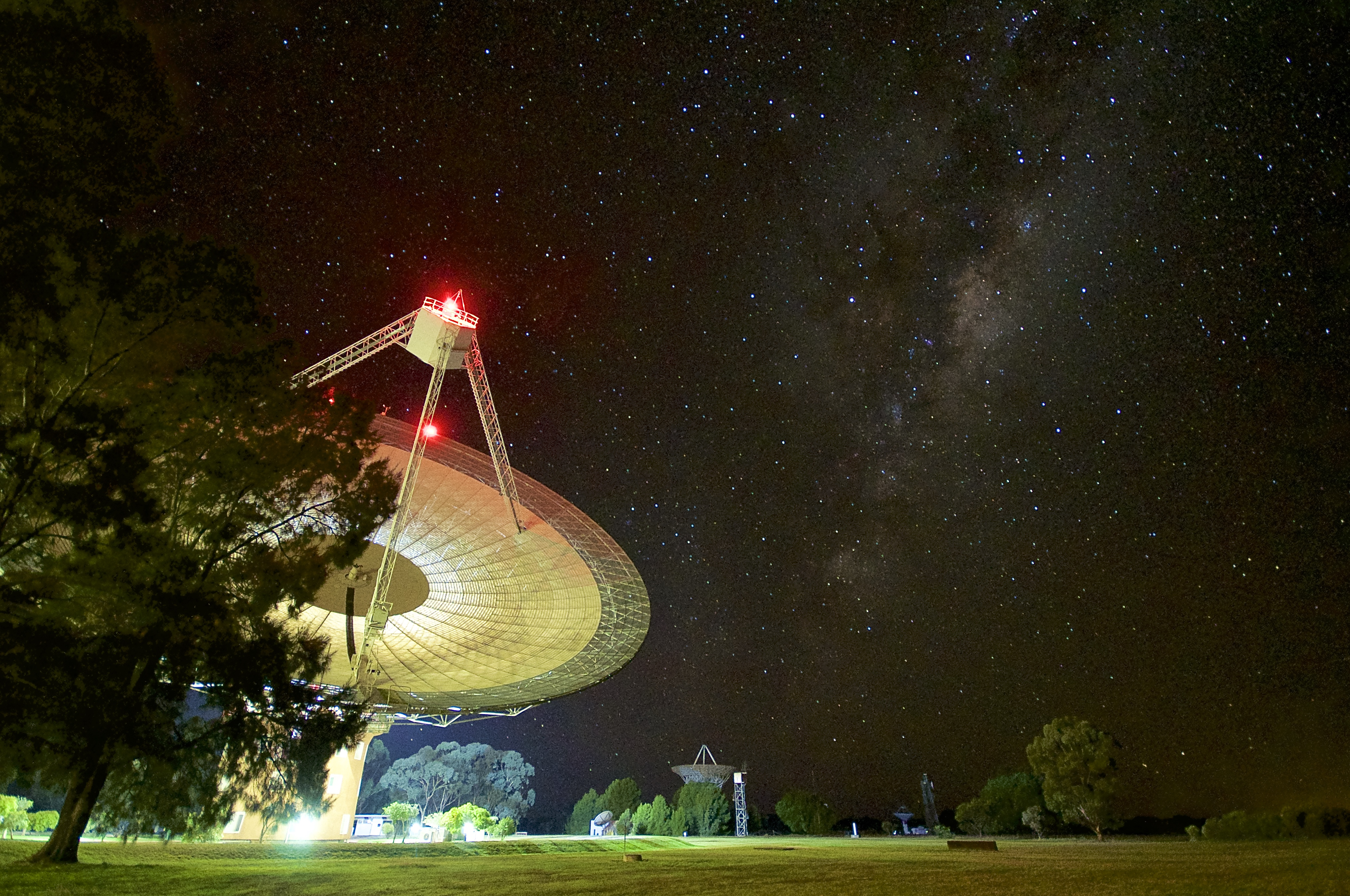|
Dipodium Hamiltonianum
''Dipodium hamiltonianum'', commonly known as yellow hyacinth-orchid, is a leafless mycoheterotroph orchid that is endemic to eastern Australia. It has up to twenty five greenish flowers with dark red spots on a tall flowering stem. Description For most of the year, ''D. hamiltonianum'' plants are dormant and have no above-ground presence. Below the ground lie fleshy roots. Flower spikes between 40 and 80 cm in height appear between November and March in the species' native range. These racemose inflorescences have 3 to 25 yellow or greenish-yellow fleshy flowers with red to purple spots. The three-lobed forward-projecting labellum is white with purple markings and has a tuft of white hairs. Tubers usually produce only a single flower spike. Flower spikes from an individual plant may appear as infrequently as once in a five-year period. Taxonomy The species was formally described by Queensland Colonial Botanist Frederick Manson Bailey in 1881 based on plant material collec ... [...More Info...] [...Related Items...] OR: [Wikipedia] [Google] [Baidu] |
East Gippsland
East Gippsland is the eastern region of Gippsland, Victoria, Australia covering 31,740 square kilometres (14%) of Victoria. It has a population of 80,114. Australian Bureau of Statistics2006 Census Community Profile Series: East Gippsland (Statistical Division). Released at 29/02/2008. LOCATION CODE: 250 STATE: VIC/ref> History The Shire of East Gippsland, also called Far East Gippsland, covers two-thirds (66%) of East Gippsland's area and holds half (50%) of its population. Australian Bureau of Statistics2006 Census. Community Profile Series: East Gippsland Shire (Statistical Subdivision). Released at 29/02/2008. LOCATION CODE: 25005 STATE: VIC/ref> The Shire of East Gippsland is confusingly also referred to simply as East Gippsland. It excludes the Shire of Wellington (Central Gippsland). This article (currently) refers mainly to "Far East Gippsland". East Gippsland's major towns include, from west to east, Bairnsdale (the largest town and administrative centre), Paynesville ... [...More Info...] [...Related Items...] OR: [Wikipedia] [Google] [Baidu] |
Australian Height Datum
The Australian Height Datum was introduced in 1971 as the official vertical datum for Australia, and thereby serves as the benchmark to which all height measurements are referred. The Australian Height Datum is an amalgamation of decades of spirit levelling work conducted by numerous state and territory authorities across the country, and was corrected to align with the mean sea level observations of thirty tide gauges positioned around the entire coastline. While it remains the published vertical datum for all surveying and engineering operations performed throughout Australia, newer technologies have uncovered numerous deficiencies, offsets and distortions within the Australian Height Datum, leading to discussions about defining a new Australian vertical datum. Background The National Mapping Council (pre-1945) Prior to the creation of the Australian Height Datum, levelling surveys were carried out by professional surveyors for construction and mapping purposes using only ... [...More Info...] [...Related Items...] OR: [Wikipedia] [Google] [Baidu] |
Callitris Endlicheri
''Callitris endlicheri'', commonly known as the black cypress pine, is a species of conifer in the family Cupressaceae. It is found only in Australia, occurring in Queensland, New South Wales, the Australian Capital Territory, and Victoria. Description ''Callitris endlicheri'' is an evergreen tree growing 5-15 meters tall with tough, furrowed bark. The branches may be erect or spreading with keeled green leaves measuring 2-4 millimeters long. This species is monoecious, with female cones occurring solitarily or in clusters on slender fruiting branchlets. The cones are smooth, almost spherical, measuring 15-20mm in diameter and containing a number of sticky seeds coated in resin. Cones may persist on the tree for a number of years. Human uses The Wiradjuri people of New South Wales, who use the name ''kara'' to refer to this species, use the trunks of young trees to make spears, the wood and dry needles as kindling, and the resinous sap as a glue and medicine. It is sometimes lo ... [...More Info...] [...Related Items...] OR: [Wikipedia] [Google] [Baidu] |
Eucalyptus Blakelyi
''Eucalyptus blakelyi'', known as Blakely's red gum, is a tree endemic to eastern Australia. It has smooth bark on its trunk and branches, dull bluish green, lance-shaped adult leaves, flower buds usually in groups of seven, white flowers and cup-shaped to hemispherical fruit. Description ''Eucalyptus blakelyi'' is a tree that grows to a height of and forms a lignotuber. The bark on the trunk and branches is smooth, pale grey, cream-coloured and white with patches of other colours. Young plants and coppice regrowth have stems that are square in cross section and usually egg-shaped leaves long and wide with a petiole. Adult leaves are lance-shaped to curved, the same bluish green on both sides, long and wide on a petiole long. The flower buds are usually arranged in groups of seven but sometimes up to fifteen in leaf axils on a peduncle long, the individual flowers on a pedicel long. Mature buds are oval to spindle-shaped, long and wide with a conical to horn-shaped op ... [...More Info...] [...Related Items...] OR: [Wikipedia] [Google] [Baidu] |
Eucalyptus Polyanthemos
''Eucalyptus polyanthemos'', commonly known as red box, is a species of small to medium-sized tree, that is native to eastern Australia but has been introduced into other countries. It has fibrous bark on the trunk and larger branches, smooth greyish to cream-coloured bark above, or smooth bark throughout. It has broadly egg-shaped to round juvenile leaves, lance-shaped, egg-shaped or almost round adult leaves, flower buds in groups of seven, white flowers and barrel-shaped to conical fruit. Description ''Eucalyptus polyanthemos'' is a tree that typically grows to a height of but does not form a lignotuber. It has fibrous or flaky bark on the trunk and larger branches, smooth mottled greyish, cream-coloured and yellow bark above, or sometimes smooth bark throughout. It often has a crooked trunk and is noted for its domed canopy of greyish foliage. Leaves on young plants are green to bluish grey, broadly egg-shaped to more or less round, long and wide and petiolate. Crown leav ... [...More Info...] [...Related Items...] OR: [Wikipedia] [Google] [Baidu] |
Eucalyptus Macrorhyncha
''Eucalyptus macrorhyncha'', commonly known as the red stringybark, is a species of medium-sized tree that is endemic to eastern Australia. It has rough, stringy, grey to brown bark, lance-shaped adult leaves, flower buds in groups of between seven and eleven, white flowers and hemispherical fruit. Description ''Eucalyptus macrorhyncha'' is a tree that typically grows to a height of and forms a lignotuber. It has rough, stringy, grey to reddish brown bark on the trunk and branches. Young plants and coppice regrowth have egg-shaped leaves long and wide. Adult leaves are lance-shaped to curved, the same dull to glossy green colour on both sides, long and wide on a petiole long. The flower buds are arranged in groups of seven, nine or eleven in leaf axils on an unbranched peduncle long, the individual buds on pedicels In botany, a pedicel is a stem that attaches a single flower to the inflorescence. Such inflorescences are described as ''pedicellate''. Description P ... [...More Info...] [...Related Items...] OR: [Wikipedia] [Google] [Baidu] |
Chesney Vale
Chesney is an English surname or given name and a French surname It is derived from Old French ''chesnai'' ("oak grove"). ''forebears.io'' The name first reached England following its conquest by the Normans in 1066, the modern French spelling of the is ''chênaie'' (pronounced the same way) "oak grove". Notable persons with the name include: As a surname: * (1826–1876), British s ... [...More Info...] [...Related Items...] OR: [Wikipedia] [Google] [Baidu] |
Chiltern Regional Park
The Chiltern-Mt Pilot National Park is a national park that is located in the Hume region of Victoria, Australia. The national park is situated approximately northeast of Melbourne, and extends west from Beechworth across the Hume Freeway and the Albury-Melbourne railway line to the west of Chiltern. The park was established under the to protect a diverse range of threatened species and ecosystems. The distinctive features of the park include the Woolshed Falls, picturesque Mt Pilot summit, culturally significant Aboriginal rock art at Yeddonba and historical relics of the goldmining era scattered throughout. The park is used for a number of recreational activities including bushwalking, hiking, trail riding, rock climbing, picnicking, camping, bird watching and prospecting. Background History At the time of European settlement, box-ironbark forests covered approximately or 13% of Victoria. As a result of settlement, nearly 80% of these forests were cleared and ... [...More Info...] [...Related Items...] OR: [Wikipedia] [Google] [Baidu] |
Burrowa-Pine Mountain National Park
The Burrowa-Pine Mountain National Park is a national park in the Hume region of Victoria, Australia. The national park is situated approximately northeast of Melbourne Melbourne ( ; Boonwurrung/Woiwurrung: ''Narrm'' or ''Naarm'') is the capital and most populous city of the Australian state of Victoria, and the second-most populous city in both Australia and Oceania. Its name generally refers to a met ... and east of Albury-Wodonga. The Pine Mountain (Victoria), Pine Mountain, one of the largest monoliths in Australia, is located within the park and is believed to be 1.5 times the size of Uluru. The highest peak in the park is Mount Burrowa at an elevation of Australian Height Datum, above sea level. See also * Protected areas of Victoria References National parks of Victoria (Australia) Protected areas established in 1978 1978 establishments in Australia Parks of Hume (region) {{Australia-protected-area-stub ... [...More Info...] [...Related Items...] OR: [Wikipedia] [Google] [Baidu] |
Beechworth, Victoria
Beechworth is a well-preserved historical town located in the north-east of Victoria, Australia, famous for its major growth during the gold rush days of the mid-1850s. At the , Beechworth had a population of 3,859. Beechworth's many historical buildings are well preserved and the town has re-invented itself and evolved into a popular tourist destination and growing wine-producing centre. History Beechworth Parish and Township plans were prepared, named and certified by George D Smythe after he had left the family estate near Liverpool in 1828, then again near Launceston, Tasmania in 1838. Originally used for grazing by the settler David Reid, the area was also sometimes known as Mayday Hills until 1853. The Post Office opened on 1 May 1853 as Spring Creek and was renamed Beechworth on 1 January 1854. One Indigenous name for the area of unknown origin and language is Baarmutha. Gold Between 1852 and 1857, Beechworth was a gold producing region and centre of government; ... [...More Info...] [...Related Items...] OR: [Wikipedia] [Google] [Baidu] |
Seven Mile Beach National Park
Seven Mile Beach is a national park in New South Wales (Australia), 110 km southwest of Sydney, Australia, Sydney. It consists of tidal flats, islands and a coastal sand barrier built from river silt in the Shoalhaven River delta. It is important areas for migratory waders and sea birds and protects a large littoral rainforest. The wettest month of the year is March, and the driest is September. The average temperature ranges from 17 to 25 degrees Celsius. There are great opportunities for bird watchers. They can observe Australian king parrot, king parrots, Rainbow lorikeet, rainbow lorikeets, Rosella, rosellas, Wren, wrens, New Holland honeyeater, New Holland honeyeaters and Brown cuckoo-dove, brown cuckoo doves. Fine white sands of Seven Mile Beach National Park, New South Wales, Australia.jpg Seven Mile Beach NSW Australia.jpg Livistona Australis, Banksia, Eucalypt, Seven Mile Beach National Park, Shoalhaven, Australia.jpg Relaxing Log, drift wood, Seven Mile Beach Nat ... [...More Info...] [...Related Items...] OR: [Wikipedia] [Google] [Baidu] |
Parkes, New South Wales
Parkes is a town in the Central West region of New South Wales, Australia. It is the main settlement in the local government area of Parkes Shire. Parkes had a population of 11,224 as at 30 June 2018. Estimated resident population, 30 June 2018. Parkes is part of the traditional lands of the Wiradjuri people, the largest language group in NSW with a country of more than 120,000 square kilometres. History The Wiradjuri people have lived on the lands of the 3 rivers, including the Lachlan River, for more than 40,000 years. The town of Parkes was part of the colonial expansion of the early 19th century, originally founded in 1853 as the settlement Currajong, named for the abundance of kurrajong trees in the local area by the settlers, but was then known as Bushman's (from the local mine named Bushman's Lead). In August 1873, Henry Parkes (later Sir Henry) visited the area and in December 1873 the town was officially renamed Parkes in his honour. (Sir Henry Parkes is recogni ... [...More Info...] [...Related Items...] OR: [Wikipedia] [Google] [Baidu] |





_Creek_Diggings._Ovens._(8415568771).jpg)
